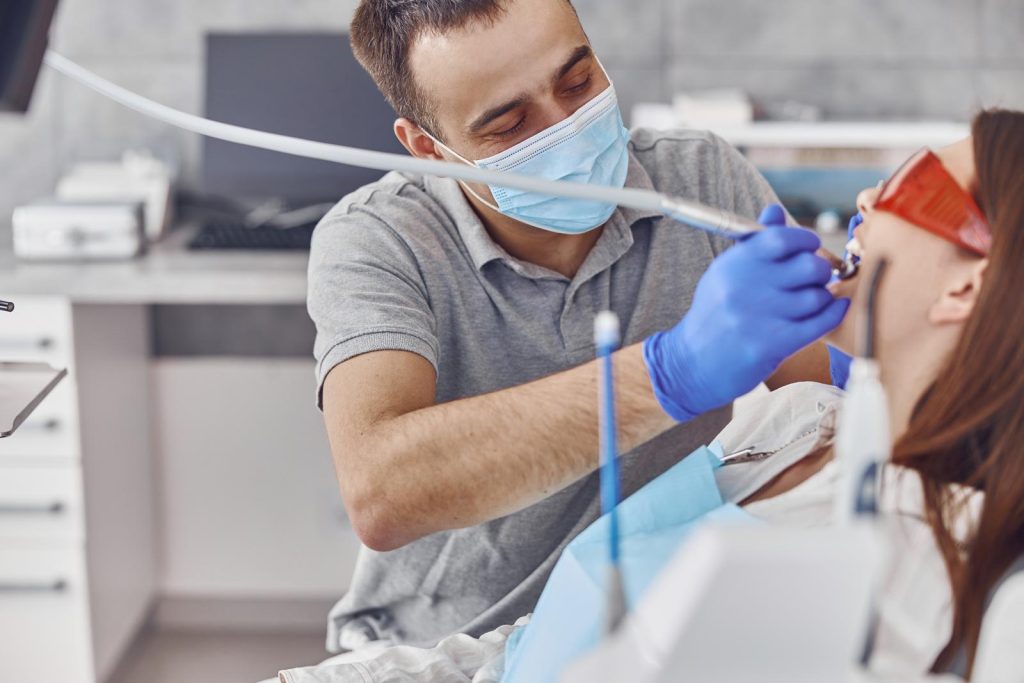periodontal diseases
Treating periodontal diseases with non-surgical, preventative measures may reduce the risk of developing diabetes later in life or increased risk of coronary artery disease later in life.
Dental problems come in many forms: tooth decay, gum disease, orthodontic problems, and oral cancer.
Topical mouthrinses that contain sodium bicarbonate (sodium bicarbonate or baking soda) or a mixture of such chemicals, are the mainstay of treatment for tooth decay in children and adults.
They are used for treating the local environment and for neutralizing the acid by removing the dental plaque that causes plaque-induced periodontal disease.
Dental cleanings remove plaque and debris from the teeth, as well as remaining traces of decay and other dental infections.
In addition to removing plaque, dental cleanings are a valuable means of preventing tooth-borne infections in both children and adults. Restorative therapy is used to restore teeth that have been affected by dental disease or injury. This may involve either restoring the tooth or replacing missing teeth with prosthetics. When dental disease is advanced and treatment with other methods has failed, teeth may need to be removed. This is known as an extraction.

The majority of people in the United States have lost at least one tooth by the age of 35, so extractions are an often-performed surgery.
In some instances, when a person has lost all of their teeth in one jaw or one arch, it may be possible for a dentist to grow replacement teeth from the gums on that side of the face (or arch).
When tooth decay has eaten through a tooth’s hard outer layer, and into its center, we call that process “tooth decay.
Sometimes, dental disease can spread from inside the tooth to the area around it. This is known as dental grafting or microdontia.
Antibiotics are used to treat some kinds of dental disease, typically in cases where there is an infection that has spread from the teeth to the gums (periodontal disease), or from the gums to other parts of the body. In these cases, antibiotics can be both pain relievers and infectious disease fighters. Research has shown that people with dental disease often have other health problems as well, and dentistry can improve the health of people with such conditions as diabetes and heart disease.
In some cases of severe dental disease, when all other methods of treatment have failed and the patient has no teeth in their mouth, some dentists will chose to remove all their patients teeth.
This is a last resort method of treatment for severe tooth decay or periodontal disease that has progressed beyond repair. Dental disease is a common malady that affects millions of children and adults throughout the world.
In cases where there is no space for the patient to have additional teeth (either because of genetics or because of previous dental problems), a dentist may use a prosthetic device to provide an artificial set of teeth in place of those which are missing.
Sometimes, dental disease can spread from inside the tooth to the area around it.
When decay has eaten through a tooth’s hard outer layer, and into its center, we call that process “tooth decay.
A crown is a type of restorative dentistry used to restore severely decayed teeth or teeth that have been broken in an accident.